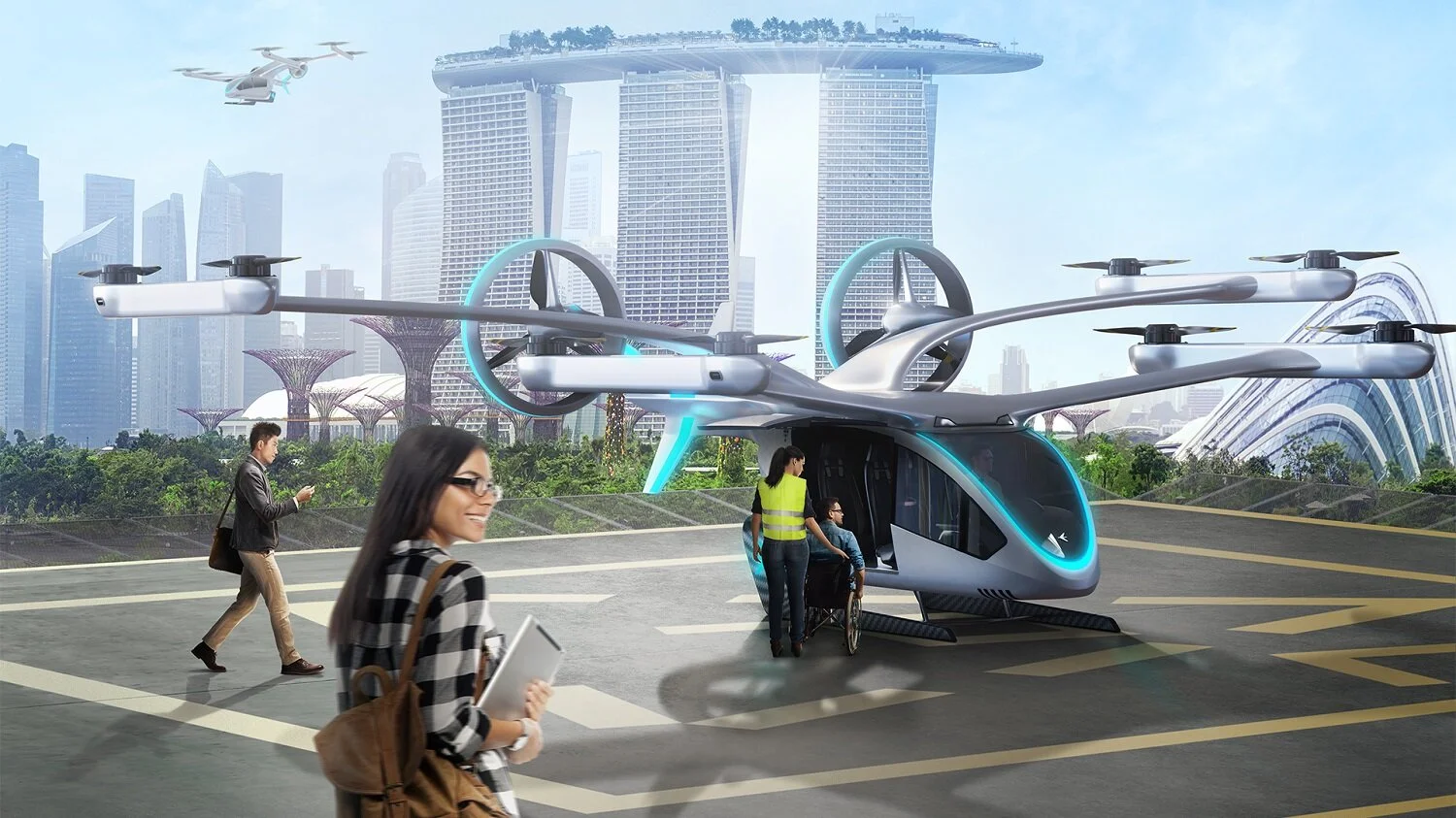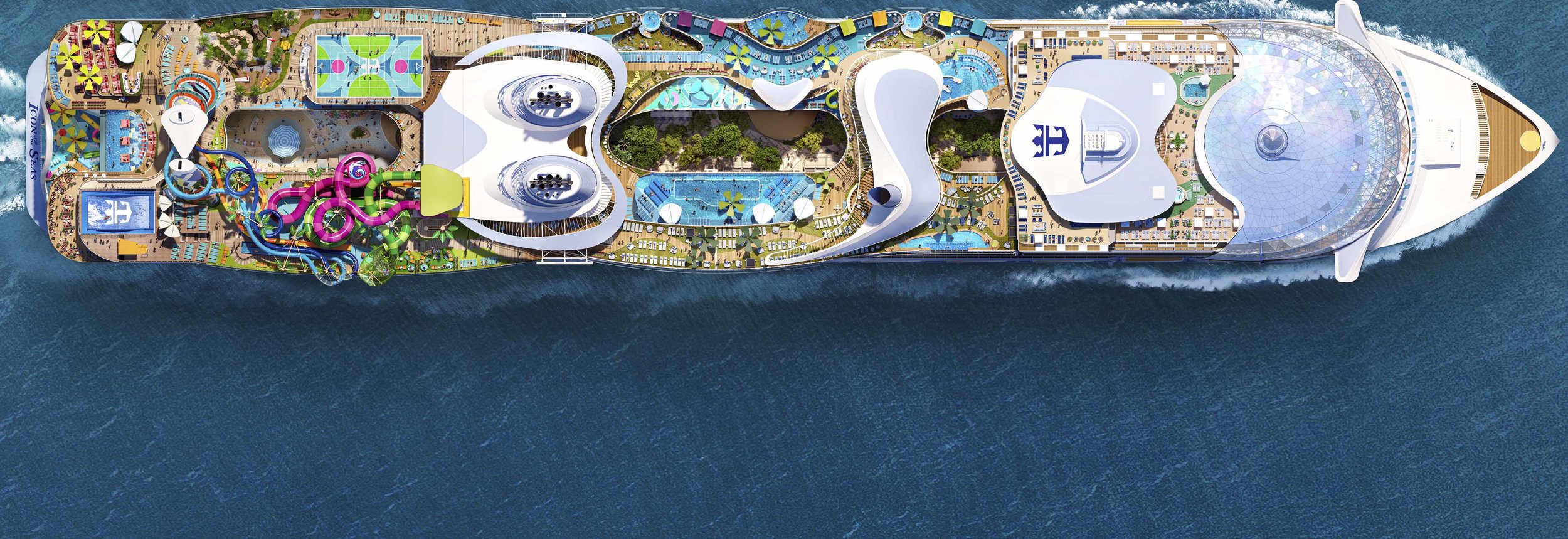It wasn’t that long ago when the notion of pulling a small computer from your pocket to summon a chauffeur to your doorstep wasn’t far removed from science fiction. The divisive Travis Kalanick changed all of that in 2009 with the launch of Uber, and today we think nothing of tapping the screen for a ride across town.
Fast-forward to 2025 and those few taps might summon a ride of a different sort, if a handful of ambitious aerospace innovators have their way.
Innovators like Stephen Fitzpatrick, CEO and Founder of UK-based Vertical Aerospace, one of a handful of companies making long strides in bringing eVTOL – electric vertical take-off and landing – aircraft to the urban environment.
Put simply, we’re talking Uber, but with a helicopter. Except, not quite.
Embraer’s vision of an eVTOL future
The kicker in eVTOL technology is in the ‘e’. Electric.
“This is the most exciting time in aviation for almost a century; electrification will transform flying in the 21st century in the same way the jet engine did 70 years ago,” says Fitzpatrick, an energy entrepreneur who founded Vertical in 2016 with the vision of decarbonising air travel.
Now in it’s forth round of refinements, Vertical’s VA-X4 vehicle promises urban air mobility that will be faster, greener and cheaper than anything that has come before.
Promising speeds north of 300km/h, with zero carbon emissions, the VA-X4 claims to be near-silent in flight, pushing out no more than 45dB of noise while in cruise. That’s about as noisy as a quiet library, suggests the American Academy of Audiology. Admittedly the VA-VX4 is a little louder when hovering to land: 60dB, or about the noise of your dishwasher.
But don’t start packing your bags just yet. Although Vertical has secured orders from US airline American (which has ordered up to 350 aircraft), Virgin Atlantic (another 150) and leasing firm Avolon ($2-billion for 500), delivery is only slated for 2025.
Aerospace innovators also hope that eVTOLs will make urban air travel accessible to a wider slice of the commuter market.
“We’re going to democratise air travel,” Avolon chief executive Dómhnal Slattery told the Financial Times. And while “helicopters have been the domain of the ultra wealthy,” Slattery hopes to get eVTOL travel down to the cost of an Uber ride.
French aerospace giant Airbus also shook up the eVTOL market recently, with the launch of its next-gen CityAirbus at its headquarters in Toulouse.
Need a ride to the office? The CityAirbus may be part of the future (credit: Airbus)
Their fully electric eVTOL is designed with a fixed-wing supporting eight electrically powered propellers. The CityAirbus will carry up to four passengers at speeds up to 120km/h, with a range of 80-kilometres.
“We are on a quest to co-create an entirely new market that sustainably integrates urban air mobility into the cities while addressing environmental and social concerns,” said Bruno Even, Airbus Helicopters CEO.
While the first CityAirbus prototype is only due to take flight in 2023, past prototypes have clocked up more than 240 flight tests, and flown approximately 1000 kilometres.
“The CityAirbus NextGen combines the best from both worlds with the new architecture striking the right balance between hover and forward flight,” said Even. “The prototype is paving the way for certification expected around 2025.”
Brazilian aerospace company Embraer is also working on an urban aerial mobility project, and is already testing prototypes of a 10-propeller eVTOL developed through its Uber-affiliated spinoff, Eve Urban Air Mobility Solutions.
They are also working on what is perhaps an even more daunting challenge than getting eVTOLs in the air: the urban air traffic management to keep them safe.
Managing congested urban air channels could make ground-level rush hour look like child’s play, as hundreds of electric vehicles hurry across city skies. Throw in the blue-sky dream of autonomous eVTOLs into the mix and you have a thrilling, if daunting vision of our mid-century cities.
But don’t hit cancel on your ground-level Uber just yet. While a brave new world of electric urban mobility is slowly spinning up over the horizon, you’ll be standing on the pavement waiting for your ride for some time to come.
This article first appeared on Wanted Online.
















